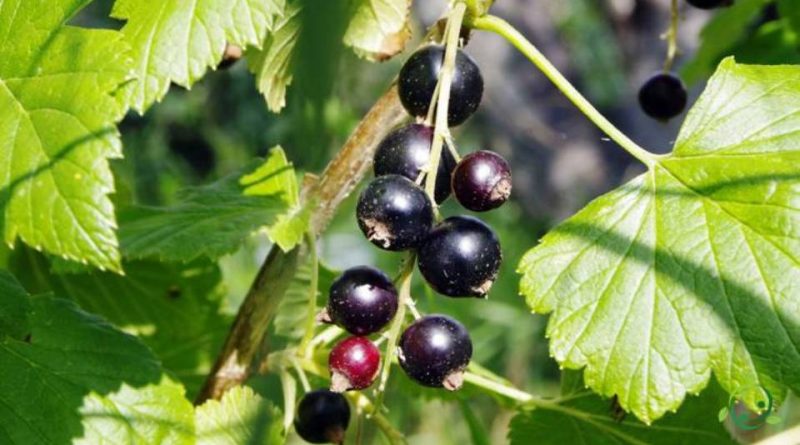How black currant propagates
How black currant propagates
Black currant (Ribes nigrum L.) is a plant of the Grossulariaceae family, native to the mountainous areas of Eurasia and spontaneous in northern and central Europe and in northern Asia.
Blackcurrant is grown mainly for food, but in recent years the therapeutic purpose is becoming increasingly popular.
It is therefore a plant whose cultivation becomes more and more interesting every day that passes.
The black currant plant like the others of the same species can reproduce by seed and by agamic propagation, by cutting.
Propagation by seed is carried out above all to obtain a genetic variability on which to work to create new cultivars with particular characteristics. For production purposes it is less used both because the plant enters production later but also because plants with different characteristics from the mother plant are obtained.
For this reason the propagation technique by cuttings is preferred in the production field.
Propagation by cuttings –
In the multiplication of black currant by cuttings it is necessary to intervene in the autumn period. At this stage of the year, the cuttings must be taken from the 2-3 year old plants, from the branches of the year, with a length of 20-25 cm.
The collection must be done by clean cutting with well disinfected scissors or shears to avoid spreading fungal or other diseases.
After harvesting, the cuttings are put to root in pots containing moist and soft substrates where they are buried for half their length.
Remember that the soil must always be kept moist throughout the rooting period.
In addition to this technique, rooting hormones can be used (also prepared by hand) in which the cuttings must be immersed before inserting them into the rooting substrate.
Remember that for the black currant the cuttings will take a few months to root well and it will take two years to give life to a new plant that is ready for transplanting.
Plant –
When the young seedlings are ready for transplanting, they will be planted in the open field, an operation that must be carried out in the summer. Remember that before planting the soil must be cleared of weeds and creating holes about 40-50 cm deep.
The holes should be spaced 1.5 meters apart on the row and 3 meters between the rows. It is advisable to apply a handful of well-humified natural fertilizer to the bottom of each hole.
It is then filled halfway with the earth previously removed, mixed with a bit of planting soil and organic matter.
The roots of the plant are moistened and then buried up to the height of the collar (the point where the growth of the twigs begins).
Fill the gaps with the addition of earth and water abundantly.
For the general cultivation technique, please refer to the following sheet.
Cultivar –
As for the available black currant cultivars, they are all of foreign origin, but they adapt well to our conditions; among these we remember:
– For the black currant: Climax, Gigante di Boskoop, Burga, Noir de Bourgogne, Tenah, Black Reward and Black Down (the two Blacks are self-fertile); Tifon, Troll and Andega (more recently introduced, self-fertile and resistant to powdery mildew).
– For hybrids of black currant x gooseberry (characterized by medium size and absence of thorns, the fruits taste better than black currant): Josta (Dutch, very vigorous, with purple berries, of medium size); Jostine (very vigorous and productive); Jogranda (less vigorous, with large attractive berries).

